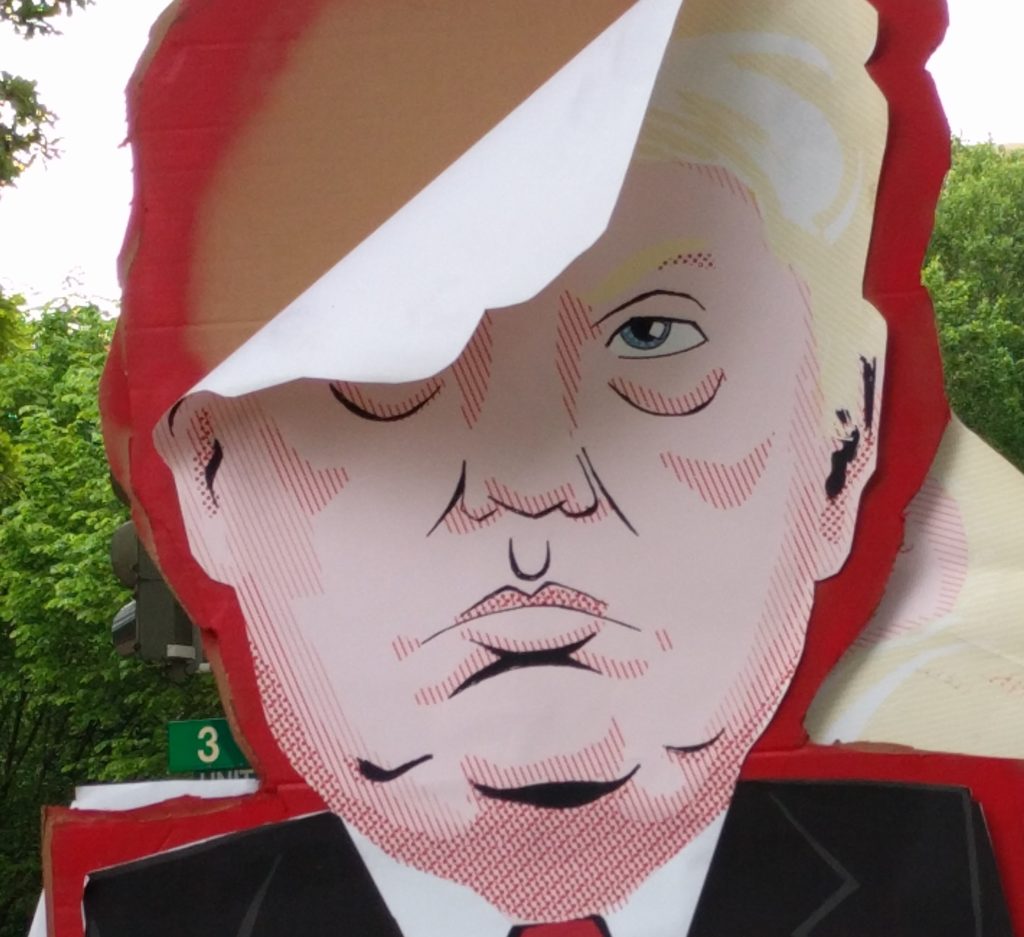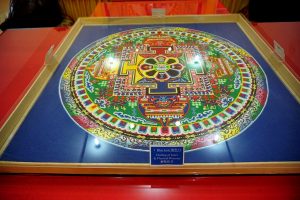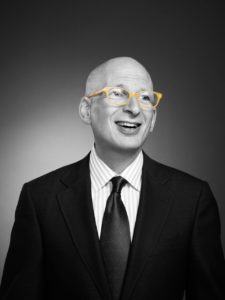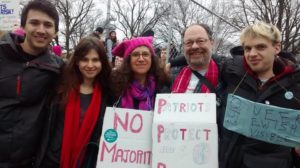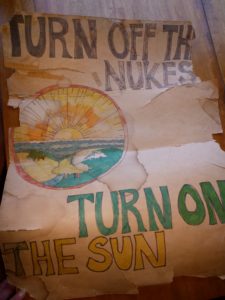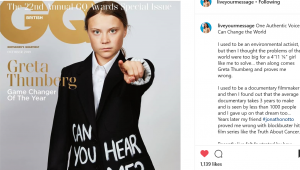Appeasement Doesn’t Work with Dictators–Neither Does Enablement
Dear Republican Senators:
The man who was President at the time incited a seditious mob that tried to have you captured and possibly killed, just a few weeks ago. Yet 45 of you just voted to ignore this and act as if this was okay.

Four years ago, you told us you would hold this man’s worst instincts in check. Instead, you’ve appeased and enabled almost every whim. What has that brought us? Here are 10 of hundreds of low points:
- Children torn from their families and thrown into cages–and such sloppy record-keeping that the government doesn’t even know HOW to reunite hundreds of them
- Denial of science, leading to tens of thousands of extra COVID deaths and a withdrawal from climate efforts (it’s worth remembering that as recently as 2008, the Republican standard-bearer ran on a strong commitment to make a difference on climate change)
- Fan-boy behavior toward some of the world’s worst dictators, including people Republicans had opposed for years (Putin, Kim) as well as Orban, Erdagon, and others
- Open condoning of racism/white supremacism/right-wing violence, which in turn led to widespread unrest last year
- Constant attacks on freedom of speech and assembly
- A climate of demanding personal loyalty and not caring one whit about loyalty to country or Constitution
- Perception by other countries of the US as a “rogue state,” failing to control the virus, demolishing a century of US leadership in foreign affairs, politicizing many agencies, unleashing polluters, and doing harm in so many areas in four short years
- Recorded calls where he attempts to blackmail the President of the Ukraine and threaten the safety of the Georgia Secretary of State
- Four years of secret plots, financial corruption, and personal enrichment, violating the Emoluments Clauses from the day he took office–coupled with unprecedented refusal to disclose or divest potential conflicts of interest
- Open attacks on an election that wasn’t going to choose him, wasting millions of taxpayer dollars in legal costs and culminating in the incitement to storm the Capitol and put YOUR life and safety at risk
Frankly, you have everything to gain and little to lose by voting to convict. Several of you would like to run for that seat in 2024–and once you convict, you can ban him from holding public office in the future. You can’t win if he is in the race as a third-party candidate, and you also can’t gain that office if he is the nominee.
What few restraints we saw against this man’s megalomania came when the public resisted. Like most bullies, he will stand down if challenged–but gather strength and power if encouraged.
Yet you cower in your virtual basement as you cowered in the physical basement on January 6. You give in to your own fear. Fear of what? That he’ll badmouth you? He has zero loyaty. Sure, he’ll badmouth you. He’s been badmouthing anyone he sees as crossing him all along, even long-time allies from Bill Barr to Governor Kemp. He even wants to stiff Rudi, as he’s stiffed so many small businesses in his long and dishonorable career. So what? If 80-year-old Dr. Fauci can take the heat, so can you–especially now that he’s lost his platforms on social media.
Are you worried about being primaried? Let me tell you a couple of things:
- You are far more at risk of losing a general election to a Democrat who can call you to account for your four years of enablement and appeasement than you are at risk of losing a primary challenge by an ultra-right fringe candidate whose credibility you can easily undermine. Just ask your former colleagues in “safely Republican” Georgia.
- Despite his baseless campaign to overturn the results, there’s nothing dishonorable about losing an election. Thousands of former legislators have found excellent positions with major corporate or institutional employers, or started their own successful businesses (often consulting or lobbying businesses). Yes, you’ll lose your Medicare-for-all-style healthcare that only Members of Congress get to enjoy–but you can lobby your former colleagues to finally join the rest of the world in treating healthcare as a right.
This could be your last chance to show that even if you came late to the party, ultimately you were willing to honor your Oath of Office. That the Constitution and the idea of a democratic republic are ultimately more important to you than fealty to a would-be authoritarian dictator who has coddled our enemies, attacked our allies, and repeatedly attempted to shred anything in the Constitution he doesn’t like that day. Vote your princples, not your fears!



